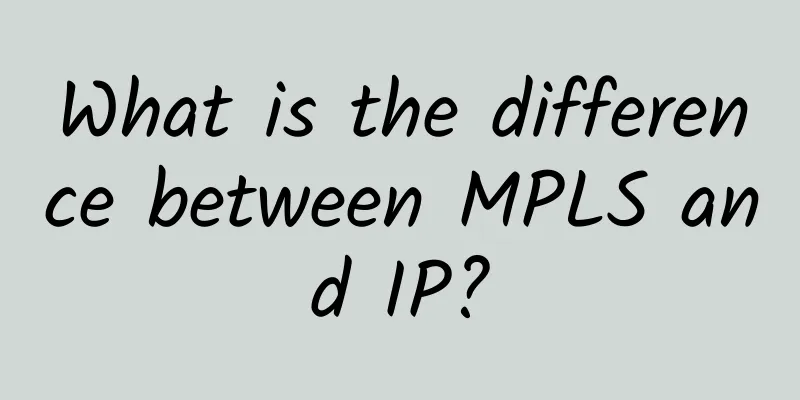ITU releases draft specification, a big step forward in 5G standardization

|
According to foreign media reports, despite the overwhelming reports about the fifth generation of wireless technology (5G), there is still no agreed standard. But with the International Telecommunication Union (ITU) this week publishing a draft of what is expected to become the final 5G specification, 5G has taken a big step forward in the standardization process. The ITU draft document (text document) contains thirteen different indicators - if telecommunications companies want to call their next-generation services "5G", they will need to comply with these indicators. Among them, the requirement for connection is that each base station provides 20Gbps downstream and 10Gbps upstream peak data rates. Those requirements are relatively low per user, with the standard calling for 100Mbps download and 50Mbps upload speeds per user. While that's not too far off the speeds seen on some carriers' LTE-Advanced networks, 5G connections are expected to be more consistent with less latency. The ITU also noted in the document that under "IMT-2020" (5G's official name), 5G hardware must support at least 1 million connected devices per square kilometer (or about 0.38 square miles). 5G networks should also provide users with latency of as little as 4 milliseconds, significantly lower than the 20 milliseconds of LTE cellular. Other requirements include specifications for peak spectral efficiency, or how many bits are transmitted per hertz of spectrum -- the standard calls for 30 bits/Hz downlink and 15 bits/Hz uplink. The standard also specifies outage time -- which should be 0 milliseconds when moving between 5G cells, the document states. While this is a big step forward in the 5G standardization process, full standardization is still a long way off (as the roadmap above makes clear). The document is expected to be signed at the ITU-R Study Group 5 meeting in November of this year. But reaching a fully agreed-upon definition of 5G and the start of true commercial deployments are still not expected until 2020. By then, we’ll finally be able to answer that hard question: how much will it cost you for the privilege of connecting to these newer, faster networks? |
<<: Operations and Continuous Delivery
>>: 16 WiFi withdrawal triggers myths: Is public WiFi coming to an end?
Recommend
How to deploy multiple computer rooms? How to synchronize data?
Author: Guo Guanhua, unit: China Mobile Smart Hom...
With the advent of 5G networks, will 4G phones become obsolete? Not necessarily
The development of mobile phones has been very ra...
Huawei launches intelligent network to unleash the power of ultra-broadband with intelligence
[51CTO.com original article] Hangzhou, China, Oct...
DiyVM: 50 yuan/month-2GB/50GB/5M/Hong Kong, Japan, and the United States are available
DiyVM is a Chinese hosting company founded in 200...
RackNerd: $16.5/year KVM-1.5GB/20GB/3TB/Los Angeles MC Data Center
A few days ago, I shared a list of LETs, and Rack...
ADLINK and Wind River Systems establish joint lab to focus on remote integration and testing of NFV solutions
[51CTO.com original article] On February 16, 2017...
How to use fiber optic patch cords?
1. What is fiber jumper? Fiber optic patch cords ...
Huawei releases next-generation CloudLink video conferencing solution
[Beijing, China, September 6, 2019] Huawei held a...
Soul-searching Question 9: What are the unknown secrets of the bizarre online world? (Must-ask questions for online interviews)
You are more powerful than Zhuge Liang. You have ...
T-Mobile's 3G network will be shut down on July 1 next year
[[424598]] Although major network operators are v...
What else does 5G have besides being fast?
The chaos in the domestic communications industry...
Operators must solve ten problems before they have a chance to defeat WeChat
WeChat's powerful social functions have repla...
How to address network automation risks and tasks
Many network engineers and network administrators...
5G is coming. If you think it is too expensive, sorry, the operator will force you to switch to 5G "voluntarily"
Today, China Telecom released the "5G SA Sec...
One article explains what is VLAN, Layer 3 switch, gateway, DNS, subnet mask, MAC address
Last time we published what is arp address? What ...









